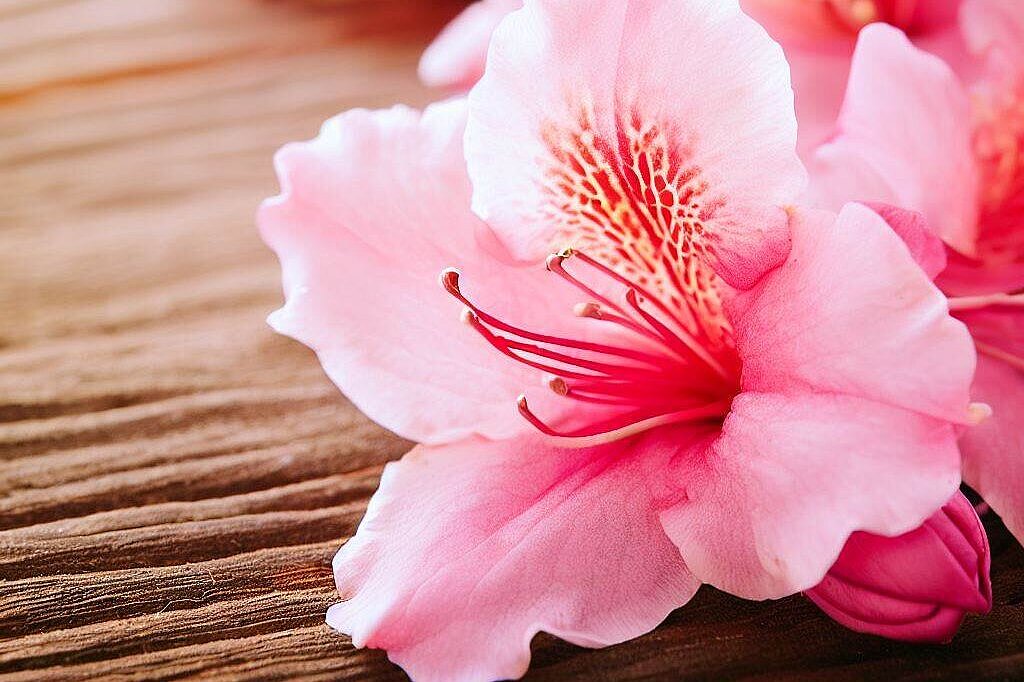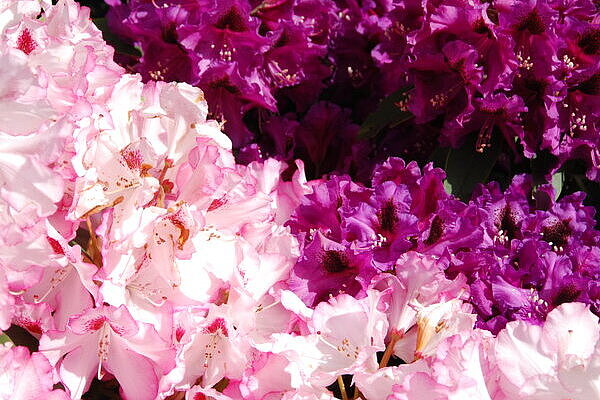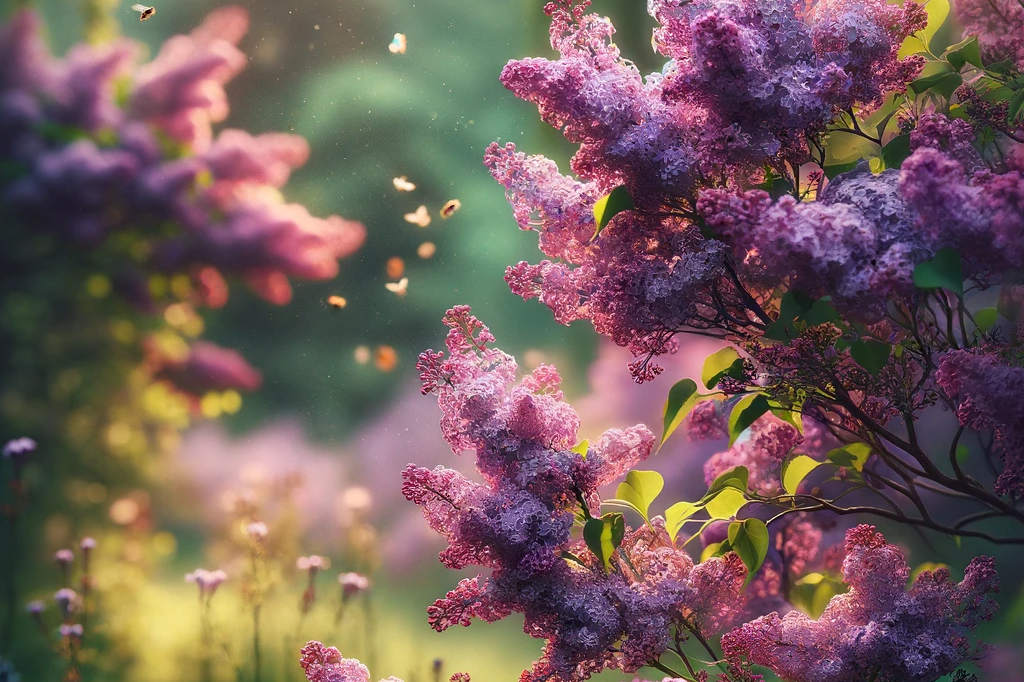Hydrangea

Do you love plants and dogs? Then you may have already thought about planting hydrangeas in your garden or on your balcony. Hydrangeas are popular ornamental plants that provide color in summer with their colorful balls of flowers. But are they also good for your dog? In this article, you'll find out what hydrangeas are, what advantages and disadvantages they have for dogs and how best to care for them.
What are hydrangeas?
Hydrangeas are a genus of plants in the hydrangea family. There are around 80 species of hydrangea, which are native to Asia, America and Europe. The best known of these are the farmer's hydrangea, the snowball hydrangea, the panicle hydrangea and the oak hydrangea. Hydrangeas usually have large, round inflorescences consisting of many small individual flowers. The color of the flowers depends on the pH value of the soil: the more acidic the soil, the bluer the flowers. The more alkaline the soil, the more pink they will be.
What are the benefits of hydrangeas for dogs?
Hydrangeas can have several benefits for dogs. Firstly, they are a beautiful addition to the garden or balcony and provide a pleasant environment for the dog. On the other hand, hydrangeas can also have a positive effect on your dog's well-being. Studies have shown that plants can improve air quality, reduce stress and improve mood. This applies not only to humans, but also to dogs. In addition, hydrangeas can also serve as a toy or activity for your dog. Many dogs love to sniff the plants, nibble on them or dig in them.
What are the disadvantages of hydrangeas for dogs?
Hydrangeas also have some disadvantages for dogs. The most important is that hydrangeas are poisonous. All parts of the plant contain so-called cyanogenic glycosides, which can lead to symptoms of poisoning if eaten. Symptoms include vomiting, diarrhea, shortness of breath, cramps and cardiac arrhythmia. In the worst case, hydrangea poisoning can even lead to death. You should therefore make sure that your dog does not eat or chew the plants. If you suspect that your dog has eaten a hydrangea, you should consult a vet immediately.
Another disadvantage of hydrangeas is that they require a lot of care. Hydrangeas like a semi-shady location with moist, humus-rich soil. They need to be watered and fertilized regularly. They also need to be protected from frost in winter. So if you have little time or experience with plants, hydrangeas may not be the best choice for you.
How to bring hydrangeas and dogs together?
If you decide to go for hydrangeas despite the disadvantages, there are some tips on how to bring them together with your dog. First of all, you should teach your dog not to chew on the plants. For example, you can give him a command such as "no" or "leave it" when he approaches the plants. You can also offer him alternatives such as chewing bones or toys.
Secondly, you should place the plants so that your dog can't reach them easily. For example, you can use tall pots or baskets or place the plants on a shelf or windowsill.
Hydrangeas are a genus of plants with different species that have beautiful inflorescences. In the garden, they can create a pleasant environment for dogs and serve as an activity. However, hydrangeas are poisonous to dogs and can cause symptoms of poisoning such as vomiting, diarrhea and respiratory distress if eaten. Care should therefore be taken when growing hydrangeas near dogs. It is important to ensure that the dog does not eat or chew the plants. Hydrangeas also require care and should be placed in a location that is difficult for the dog to reach.
If you notice any signs of hypersensitivity or poisoning in your dog, you should see your vet immediately. We are not a substitute for a vet, but we try to be as accurate as possible. Every dog reacts differently and we recommend you get a second opinion or consult your vet if in doubt.
Stay healthy and take good care of your four-legged friend!😊
Similar to Hydrangea
Azalea is a genus of plants in the heather family. There are more than 1000 species of azalea, most of which are native to Asia. They are characterized by their lush flowers, which shine in...
Rhododendron belongs to the heather family and comprises more than 1000 species that can be found in different regions of the world. Most varieties bloom in spring, some also in summer or fall....
Lilac (Syringa vulgaris) belongs to the olive family (Oleaceae) and is mainly native to Europe and Asia. This perennial plant is characterized by its lush flower clusters, which can appear in a...
Peonies are perennial plants that are best known for their large, fragrant flowers in a variety of colors. They belong to the genus Paeonia and are native to Asia, Europe and North America. Peonies...



